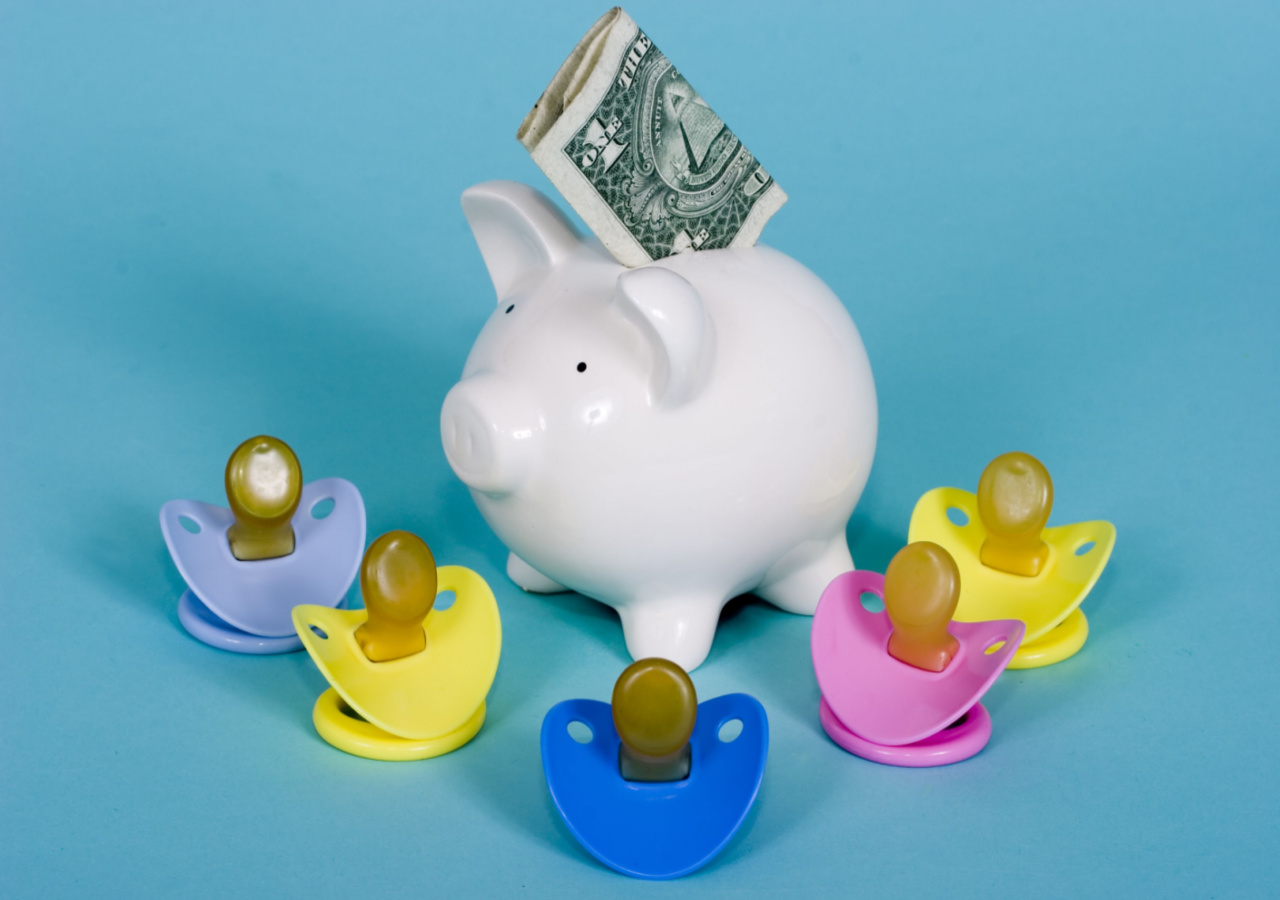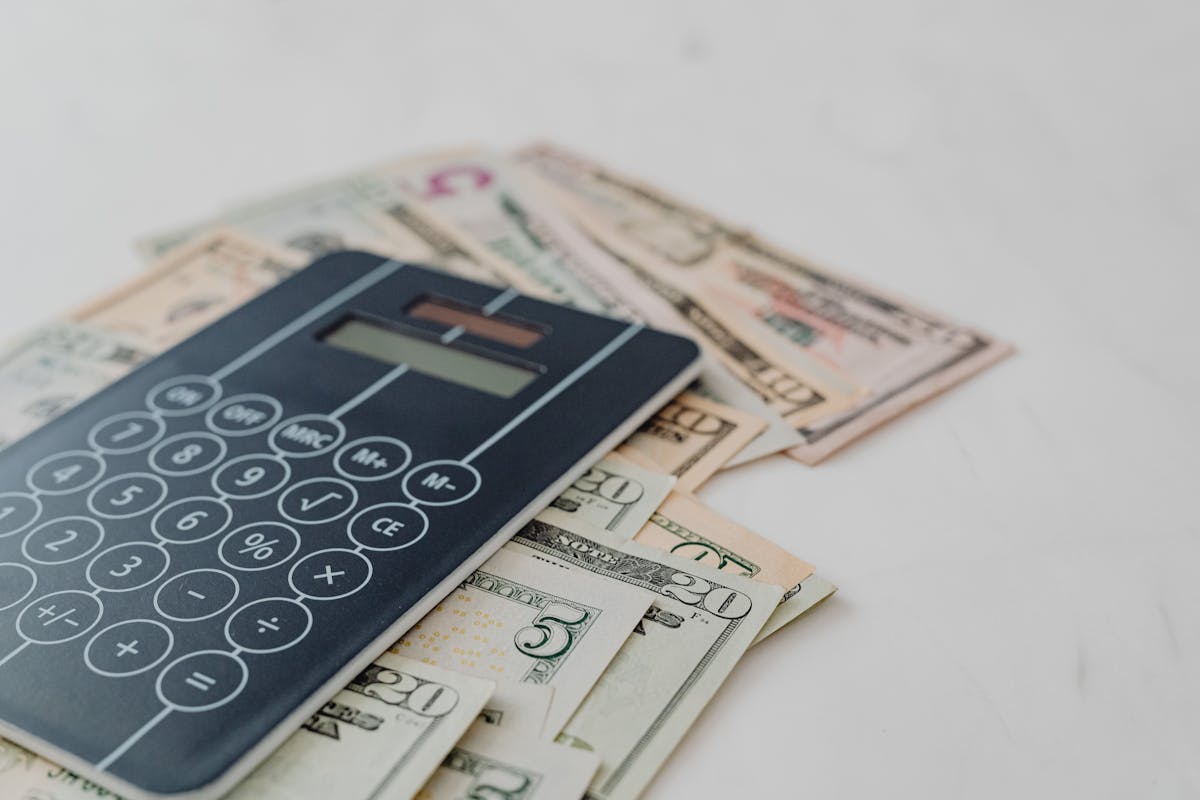Credit cards have become ubiquitous financial tools, offering convenience, rewards, and flexibility. However, the impact of credit card use on personal financial health is complex and multifaceted. Grasping how credit card usage affects your economic well-being is fundamental for making sound decisions that support long-term stability and growth.
How Credit Cards Function: Lending Funds with an Associated Charge
A credit card allows the holder to make purchases or payments by borrowing funds up to a predetermined limit. The issuing bank pays the merchant, and the cardholder repays the issuer, typically on a monthly cycle. If the balance is not paid in full by the due date, interest is charged on the remaining amount. The annual percentage rate (APR) on credit cards can range widely, often from 15% to 30%, making any prolonged balance an expensive form of debt.
Positive Effects: Building Credit and Earning Rewards
1. Establishing a Credit History: Using credit cards responsibly is pivotal in building a positive credit history. Timely payments and maintaining a low credit utilization ratio can significantly improve your credit score. For young adults or those with limited credit backgrounds, credit cards often serve as an entry point to credible financial standing.
2. Access to Rewards and Benefits: Many credit cards offer rewards such as cashback, airline miles, or points redeemable for merchandise. For example, a card providing 2% cashback on all purchases can amount to substantial savings over time if you pay off balances monthly.
3. Enhanced Security and Purchase Protection: Credit cards often include fraud protection, purchase insurance, and extended warranties. In case of unauthorized transactions, most issuers promptly resolve disputes, minimizing potential losses.
Potential Risks: Debt Accumulation and Interest Costs
1. High-Interest Charges: Carrying a balance from month to month leads to interest compounding, making debts balloon over time. An outstanding balance of $5,000 at a 20% APR would incur approximately $1,000 in interest per year if not reduced. This burden can hinder saving and investment efforts.
2. Negative Impact on Credit Scores: Late payments, high credit utilization ratios (the percentage of your credit limit in use), and frequent applications for new credit negatively influence credit scores. A low score can increase the cost of borrowing and reduce access to favorable financial products.
3. Psychological Pitfalls and Excessive Spending: Various research, including that conducted by behavioral economists at MIT, has indicated that people are inclined to expend more when utilizing credit cards versus physical currency. The intangible quality of plastic money can lessen the perceived worth of funds, potentially resulting in spontaneous purchases and personal debt.
Case Study: Dual Strategies for Credit Card Utilization
Consider the financial trajectories of two hypothetical individuals, Emily and David. Emily uses her credit card to earn reward points, consistently pays her balance in full, and monitors her spending. Her credit score increases, enabling her to secure a lower interest rate on a mortgage. She enjoys over $300 in annual rewards and leverages her card’s travel insurance benefits.
David, conversely, frequently relies on credit cards to cover financial gaps, making only the minimum payments, which leads to a $7,000 debt. Annually, he ends up paying $1,400 in interest and encounters denied loan requests because of a low credit score. This situation escalates his financial strain, affecting his overall well-being and future prospects.
Strategic Use for Optimal Financial Health
1. Pay Balances in Full: To avoid high-interest costs, strive to pay off the full balance every month. This habit prevents debt accumulation and ensures that the benefits—such as rewards, purchase protection, and improved credit—outweigh the risks.
2. Track Expenditure Habits: Utilize financial planning applications or configure notifications to observe your outgoings. This method aids in avoiding unintentional excessive spending, thereby guaranteeing that acquisitions correspond with your financial objectives.
3. Maintain a Low Credit Utilization Ratio: Experts recommend keeping your utilization below 30% of your credit limit. For example, with a $10,000 credit line, keeping your monthly balance below $3,000 can positively influence your credit profile.
4. Avoid Unnecessary Credit Applications: Each new credit application results in a hard inquiry on your credit report, which can temporarily decrease your score. Limit applications to when you genuinely need additional credit.
5. Utilize Cardholder Benefits Wisely: Get the most out of the rewards and advantages your card provides, but avoid altering your spending patterns just to accumulate points. Examine the card’s fee schedule to confirm that it doesn’t exceed the value of the rewards you gain.
External Influences and Community Developments
Widespread credit card adoption has influenced household financial behavior. In the United States, the Federal Reserve reported that as of 2023, average household credit card debt surpassed $7,000, marking an all-time high. While access to credit can advance economic participation, unchecked growth in unsecured debt has been linked to increased bankruptcy rates and financial insecurity.
The cultural understanding of credit also holds significance. In nations where credit utilization is commonplace, like the United States or Canada, people might experience social pressure to own high-end cards or accumulate debt to uphold their lifestyle, which further complicates the equilibrium between establishing good credit and excessive borrowing.
Credit cards, when managed with prudence and a thorough grasp of their operational aspects, can function as powerful financial instruments for establishing credit, accumulating benefits, and securing safeguards. Nevertheless, improper usage entails the danger of expensive liabilities, diminished credit standing, and prolonged financial hardship. Mastering the intricacies of credit card utilization demands not only numerical proficiency but also an understanding of behavior and methodical foresight, cultivating fiscal practices that promote steadiness and adaptability across diverse economic periods.







